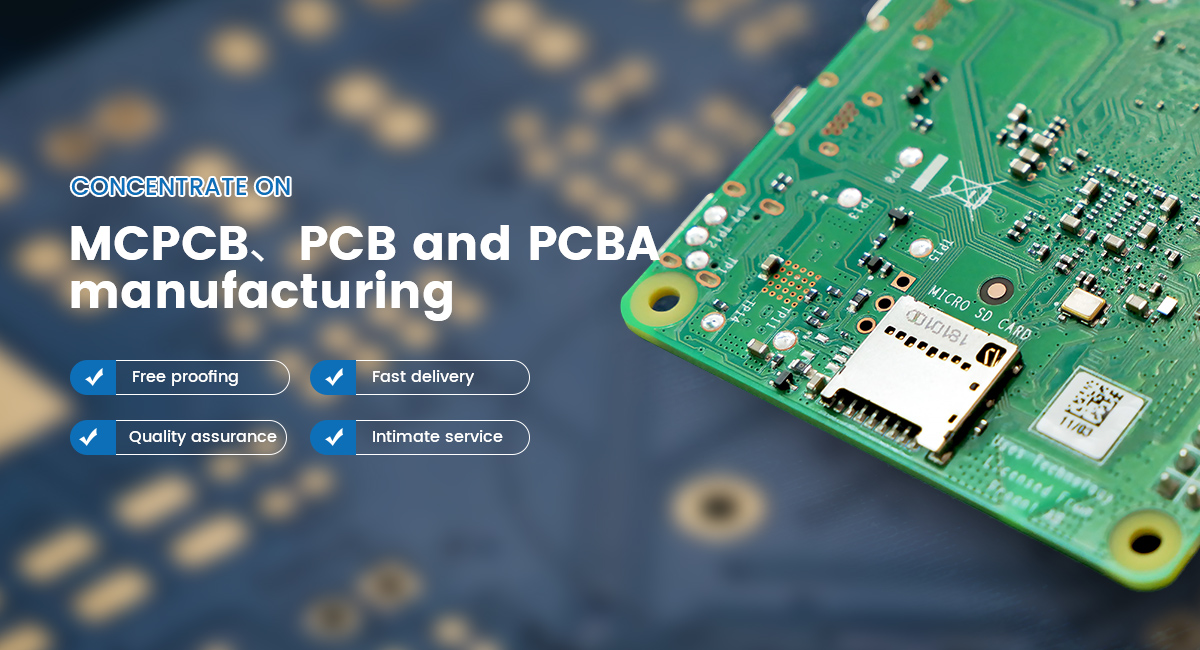Time:2022-11-24 Visit:
That is, on the premise that there are real electronic products and real circuit boards, reverse analysis of circuit boards is carried out by means of reverse research and development technology, and 1:1 restoration is carried out for the original PCB circuit board documents, bill of materials (BOM) documents, schematic documents and other technical documents as well as PCB silk printing production documents.
Then, these technical documents and production documents are used for PCB production, component welding, flying probe testing, and PCB debugging to complete the complete copy of the original PCB template.
Many people don't know what PCB copy is. Some people even think that PCB copy is a copycat.
In your understanding, copycat means imitation, but PCB board copying is definitely not imitation. The purpose of PCB board copying is to learn the latest foreign electronic circuit design technology, and then absorb excellent design schemes to develop and design better products.
With the continuous development and deepening of the circuit board reading industry, today's concept of PCB reading has been extended to a wider range, no longer limited to the simple copy and cloning of circuit boards, but also involves the secondary development of products and the research and development of new products.

For example, through the analysis of the existing product technical documents, the understanding and discussion of the design ideas, structural features, process technology, etc., it can provide feasibility analysis and competitive reference for the R&D and design of new products, assist the R&D and design units to timely follow up the latest technology development trends, timely adjust and improve the product design scheme, and develop the most competitive new products in the market.
Through the extraction and partial modification of the technical data files, the process of PCB copying can realize the rapid update, upgrading and secondary development of various types of electronic products. According to the document diagrams and schematic diagrams extracted from the copied boards, professional designers can also optimize the design and modification of PCB boards according to the wishes of customers.
On this basis, new functions can also be added to the product or the functional features can be redesigned. In this way, the product with new functions will appear at the fastest speed and in a new attitude. It not only has its own intellectual property rights, but also has won the first opportunity in the market, bringing double benefits to customers.